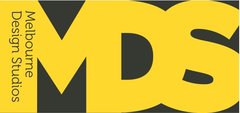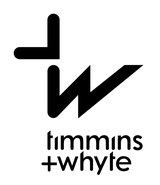ClarkeHopkinsClarke Architects
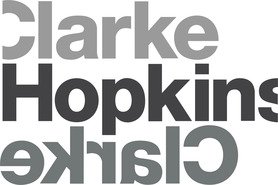
For 50 years ClarkeHopkinsClarke have been at the forefront of architectural design in education, healthcare, multi-residential and masterplanning and design of new town centres. Most recently awarded 2009 ARBV Architectural Services Award, ClarkeHopkinsClarke pride themselves on the expeditious delivery of affordable, practical solutions, open and honest communication, and the pursuit of their common goal: to enrich the lives of their clients. ClarkeHopkinsClarke believe that great architecture is achieved through consultation and collaboration and, on a very fundamental level, that it should awaken delight and imagination in all who experience it.
Driving directions to ClarkeHopkinsClarke Architects on map
ClarkeHopkinsClarke Architects on Google Maps
Projects:
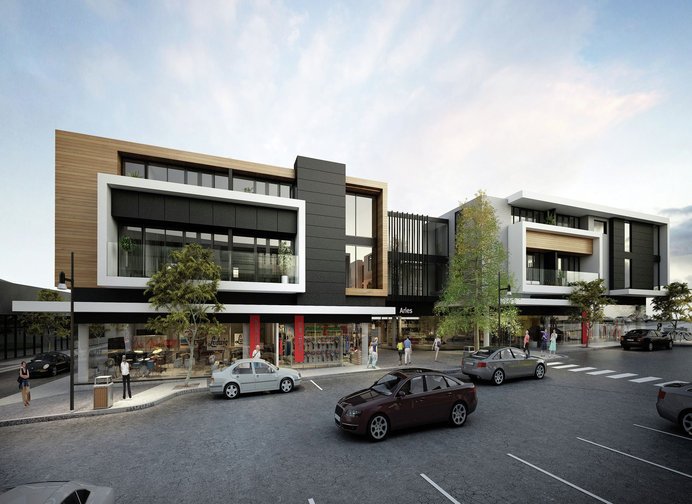
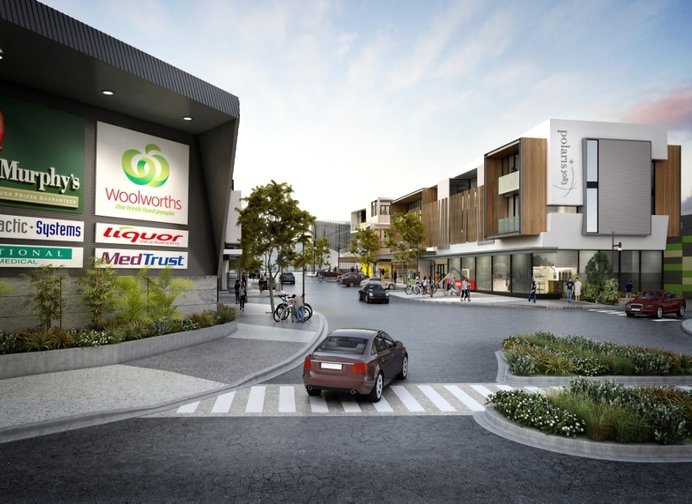
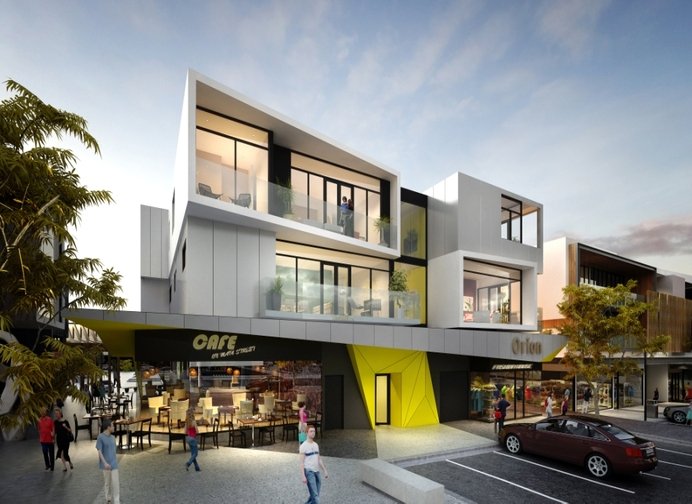
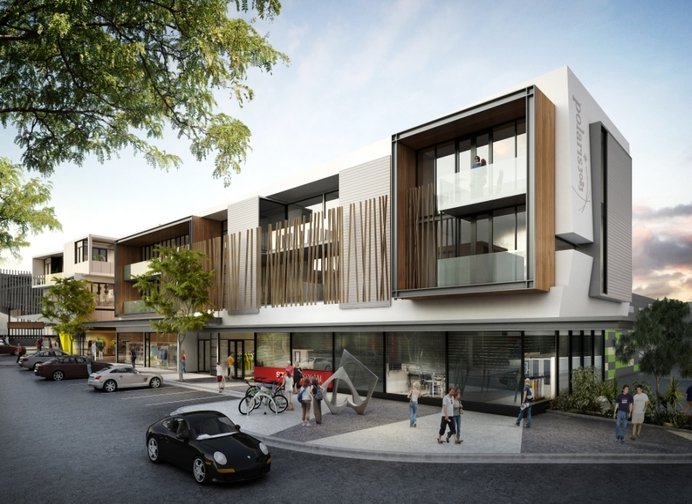
Polaris 3083
Bundoora, Vic, 2013
Polaris 3083 has been designed to provide a new vibrant, high quality residential and shopping destination for Melbourne’s inner north. The region, which had already experienced successful population growth through nearby Lancaster Gate and Springthorpe residential communities, also incorporates La Trobe University and RMIT campuses making it an ideal contemporary community hub location. As a major urban development, it includes a retail town centre, apartments, townhouses, offices, retirement living opportunities and a state-of-the-art Community Centre. Polaris provides a comprehensive mixed-use development, all while retaining a low-rise environment that is no more then three levels. The Community Centre promises to be a one-stop shop for community services managed by the Darebin Council. The centre will include meeting and office spaces for local community organizations and services responding to an increased projected population of more than 135,000 local residents. Stage 1, currently underway, consists of four apartment buildings comprising 64 apartments over cafes, restaurants and retail tenancies at ground floor level, stand-alone retail anchors Woolworths and Dan Murphy as well as associated underground car parking, a medical centre, open spaces and connectivity to the wonderful new community centre.
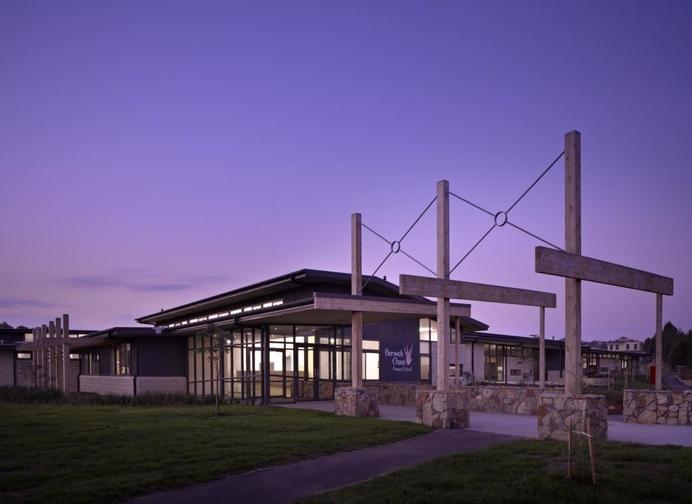
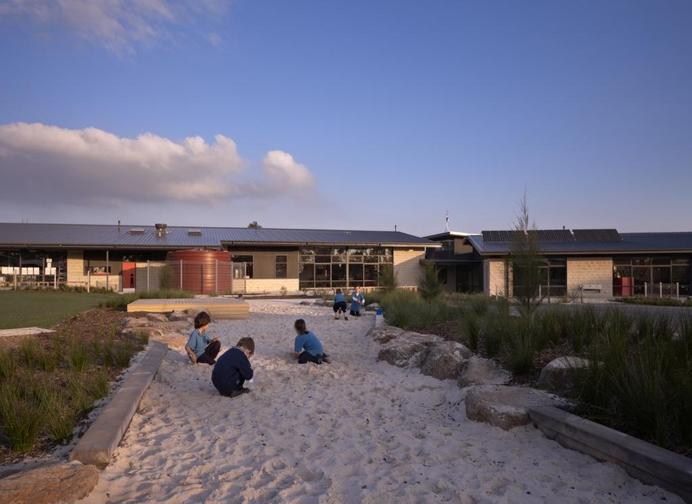
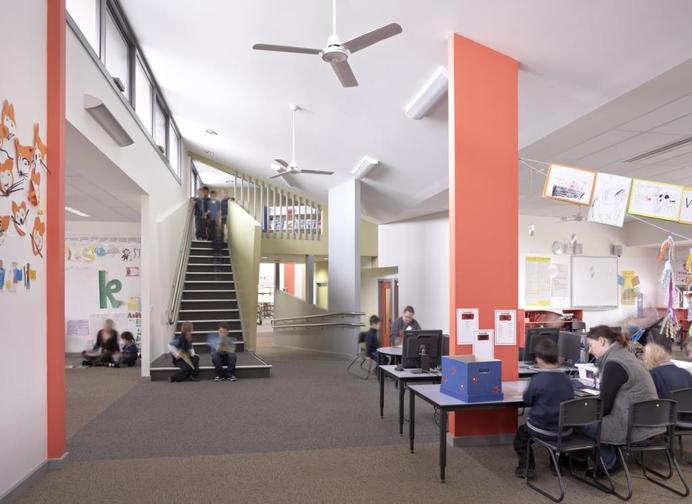
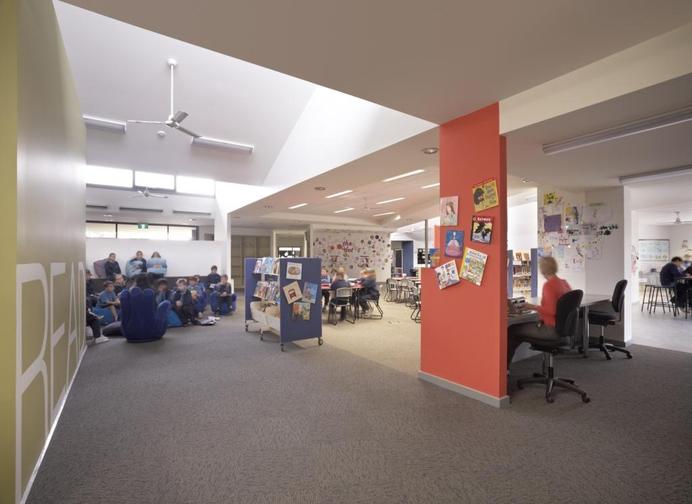
Berwick Chase Primary School
Berwick, Vic, 2009
Winner of a number of CEFPI and School Design Awards in 2009, Berwick Chase Primary School was designed for a long term enrolment of 475 students with a peak of 800. In line with the contemporary teaching and curriculum delivery methodologies, the school provides open and varied learning environments with larger, lively, useable spaces merged with corridors, indoor merged with outdoor teaching sopaces. ESD principles incorporated as benchmarks for the community also provide a healthy environment for students and staff: – Teaching spaces located on east-west axis with overhanging eaves maximising winter sunlight and warmth while eliminating summer heat – High-level operable windows increasing the penetration of daylight – automated night purge system of high level windows automatically opening at night to purge out hot air during summer – Lights operated by ambient light levels and movement sensors – Ceiling sweep fans aiding air movement – Solar panels generating energy and sellable back to the grid – weather station as an educational tool – Rainwater tanks for toilet flushing and irrigating school grounds – Water-wise carpark design enabling garden irrigation – underground bore providing water for sportsfield irrigation – HDPE stormwater and downpipes used throughout – Sustainably produced materials reducing lifecycle costs.
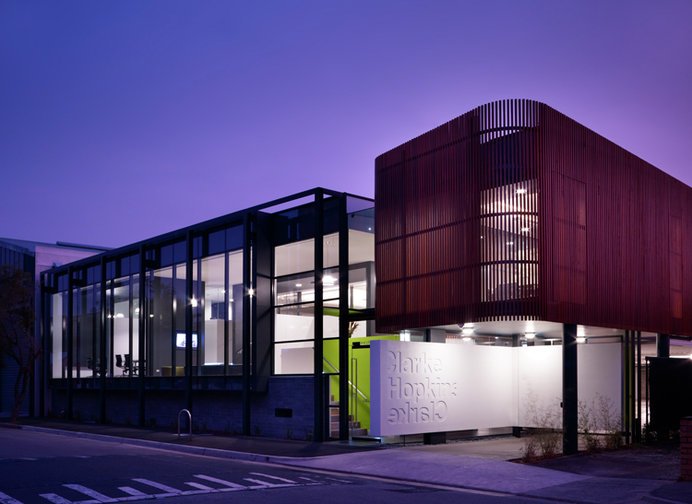
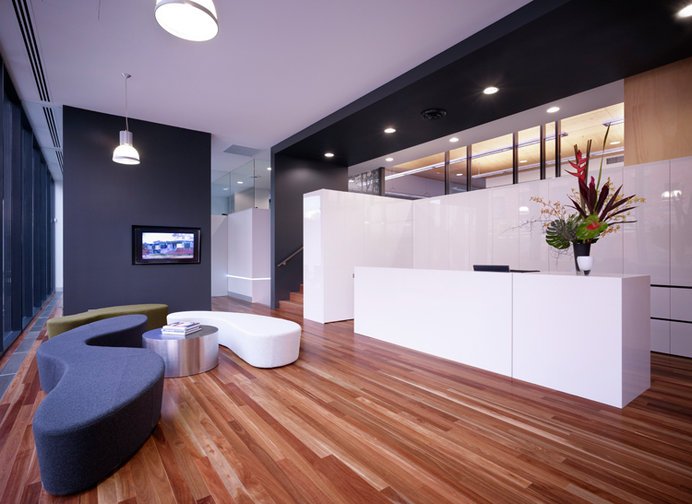
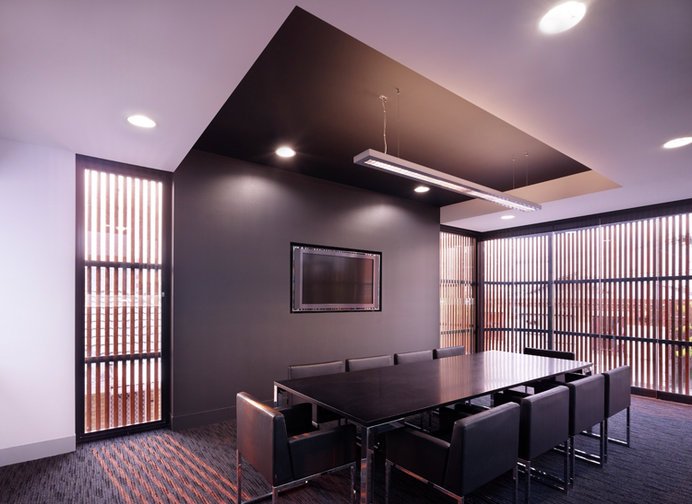
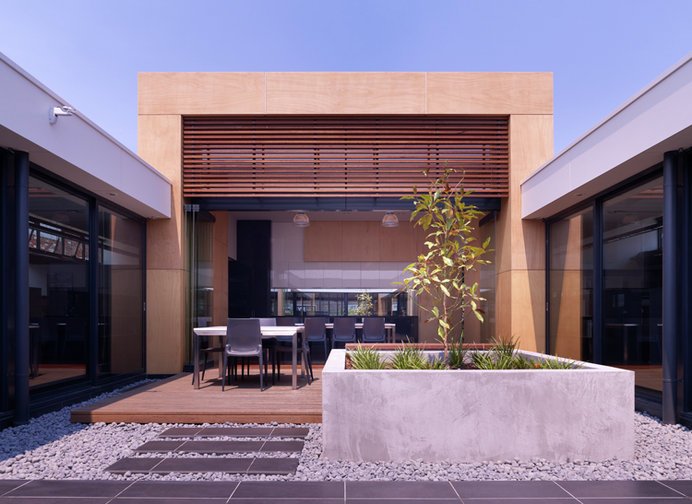
Sackville Street Office
Collingwood, Vic, 2009
Conceptual Framework: The challenge of this project was to create a work environment that supports creativity, productivity and community. The concept blurs the boundaries between indoor and outdoor spaces and creates a dynamic tension between street and studio, light and dark, formal and informal. Public/Cultural Benefits: The studio exemplifies the continuing evolution of Collingwood. Reminding us that built environment is in a constant state of flux, the large contemporary glazed street elevation reflects the beautiful heritage listed warehouses opposite while providing glimpses of the life within. The studio continues the tradition of industry and creativity in Collingwood invigorating the semi-industrial back streets. Built Form/Context: The refined rhythmic rectilinear form is informed by the industrial character of the surrounding streets and traditional businesses yet is inveigled into informality by the curves of the boardroom projecting over the entry into the carpark. Program Resolution: The planning emphasises the importance of collaboration and team work. A large entrance and reception area welcomes visitors and provides a place for informal gatherings. Key meeting spaces for collaboration with clients and consultant teams are located at the front of the building so that they are accessible and visible. The main studio space is located half a level above and wraps around a central courtyard and staff room bringing light and life into the work environment. Integration of Allied Disciplines: The design of the studio is the result of a team effort involving structural, civil, services and environmental engineers working closely with the architectural design team to achieve the vision of an open, light, sustainable and comfortable environment. Cost/Value Outcome: A simple and rational construction methodology was used to reduce the need for complicated systems and construction. The design celebrates the character and qualities of the selected materials in their natural form with clear and simple detailing. Sustainability: The new studio is a built example of our commitment to environmentally sustainable design. The practical application of passive and active ESD principles and technologies has created a light filled, temperate and healthy work environment.



